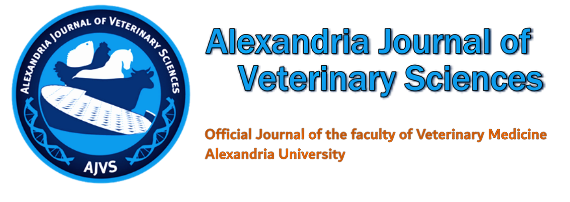
| Original Article Online Published: 30 Oct 2015 | ||||||||||||||||||||||||||||||
AJVS. 2015; 47(1): 38-46 doi: 10.5455/ajvs.199663 Some Bacteriological and Immunological Studies on Camels Milk Hanaa A. E. Asfour And Abeer M. Anwer.
| ||||||||||||||||||||||||||||||
| How to Cite this Article |
| Pubmed Style Hanaa A. E. Asfour and Abeer M. Anwer. Some Bacteriological and Immunological Studies on Camels Milk. AJVS. 2015; 47(1): 38-46. doi:10.5455/ajvs.199663 Web Style Hanaa A. E. Asfour and Abeer M. Anwer. Some Bacteriological and Immunological Studies on Camels Milk. https://www.alexjvs.com/?mno=199663 [Access: May 03, 2025]. doi:10.5455/ajvs.199663 AMA (American Medical Association) Style Hanaa A. E. Asfour and Abeer M. Anwer. Some Bacteriological and Immunological Studies on Camels Milk. AJVS. 2015; 47(1): 38-46. doi:10.5455/ajvs.199663 Vancouver/ICMJE Style Hanaa A. E. Asfour and Abeer M. Anwer. Some Bacteriological and Immunological Studies on Camels Milk. AJVS. (2015), [cited May 03, 2025]; 47(1): 38-46. doi:10.5455/ajvs.199663 Harvard Style Hanaa A. E. Asfour and Abeer M. Anwer (2015) Some Bacteriological and Immunological Studies on Camels Milk. AJVS, 47 (1), 38-46. doi:10.5455/ajvs.199663 Turabian Style Hanaa A. E. Asfour and Abeer M. Anwer. 2015. Some Bacteriological and Immunological Studies on Camels Milk. Alexandria Journal of Veterinary Sciences, 47 (1), 38-46. doi:10.5455/ajvs.199663 Chicago Style Hanaa A. E. Asfour and Abeer M. Anwer. "Some Bacteriological and Immunological Studies on Camels Milk." Alexandria Journal of Veterinary Sciences 47 (2015), 38-46. doi:10.5455/ajvs.199663 MLA (The Modern Language Association) Style Hanaa A. E. Asfour and Abeer M. Anwer. "Some Bacteriological and Immunological Studies on Camels Milk." Alexandria Journal of Veterinary Sciences 47.1 (2015), 38-46. Print. doi:10.5455/ajvs.199663 APA (American Psychological Association) Style Hanaa A. E. Asfour and Abeer M. Anwer (2015) Some Bacteriological and Immunological Studies on Camels Milk. Alexandria Journal of Veterinary Sciences, 47 (1), 38-46. doi:10.5455/ajvs.199663 |








